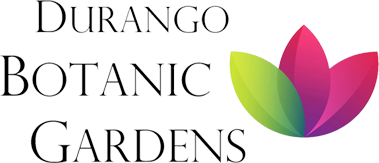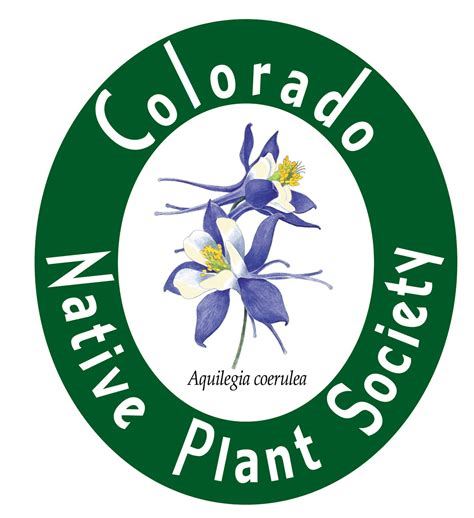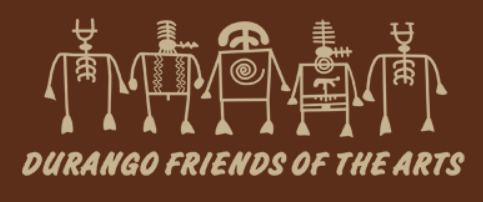- Home
- Classics Literary Garden Discovery Points

Discovery Point #1 Annuals and Perennials: What’s the Difference?The Classics bed uses a combination of annuals and perennials. To accommodate the large number of authors for current and future years, perennials have been carefully planned. Some annuals will be changed yearly. An annual is a plant that lives and dies in one growing season, sometimes called a bedding plant. A perennial regrows and reblooms year after year. Although the foliage may die back during the winter, it reemerges in the spring. While it would seem that perennials are the best choice, and they usually are, there is a case to be made for using both. Perennials have a specific period of bloom. Sometimes a perennial will bloom all season, but many do not. Perennials may take several years to reach the desired size. Most annuals (think geraniums, pansies, petunias, heliotrope, African daisies) will continue to bloom all season, with deadheading (removal of spent blooms). Annuals often need frequent feeding because of their heavy blooms over a short summer. Annuals are the best choice for containers. The best argument for using at least some annuals is that they provide continuing color when perennials have stopped blooming.
Discovery Point #2 Can You Find the Nexus Stones?There is a purpose behind the placement of these small square stones. A nexus is a connection or series of connections linking two or more things.
Search along the flagstone paths and you will notice several small square or rectangular stones where other stones come together. These are not only aesthetic but have a purpose. Stone mason Erik Lewis, who designed the paths, said that where there are four corners coming together at one point, this point will be weak. A small stone is cut and placed at the intersection of the four larger stones. Discovery Point #3 The Language of FlowersSince antiquity, symbolic flower meanings have fascinated poets, writers, and couples alike. Folklore, mythology, and literature of all kinds, from the ancient Greeks, Chinese, and Romans to present day, are sprinkled with flower symbolism. In the Victorian era, when proper etiquette discouraged open displays of affection, flowers were used as a means of coded communication. “Floriography” is the language of flowers. Not only the flowers, but the colors of flowers have developed certain meanings. Red roses, for example, are associated with true love, whereas white roses are usually associated with mourning. Floriography peaked in Victorian times and then largely vanished after WWI as interests and resources shifted elsewhere. In the 19th century there were nearly 100 flower dictionaries in circulation in the US and the “flower code” was regularly discussed in magazines like Harpers and The Atlantic. In consulting lists of flower meanings, however, many competing meanings emerge. Daffodils, for example, can symbolize everything from chivalry to rebirth/new beginnings to unrequited love. The subject is endlessly fascinating. Check out the hidden meanings behind the flowers carried by Kate Middleton for her marriage to Prince William at: https://www.thelist.com/354146/kate-middletons-wedding-bouquet-meant-more-than-you-think/
References:https://www.ftd.com/blog/share/floriography The Complete Language of Flowers, A Definitive and Illustrated Encyclopedia, by S. Theresa Dietz (available in the Durango Public Library) A Contemplation Upon Flowers, Garden Plants in Myth and Literature, by Bobby J. Ward Photo of poster: www.almanac.com https://www.thespruce.com/definition-of-annual-plants-2132403 |





























